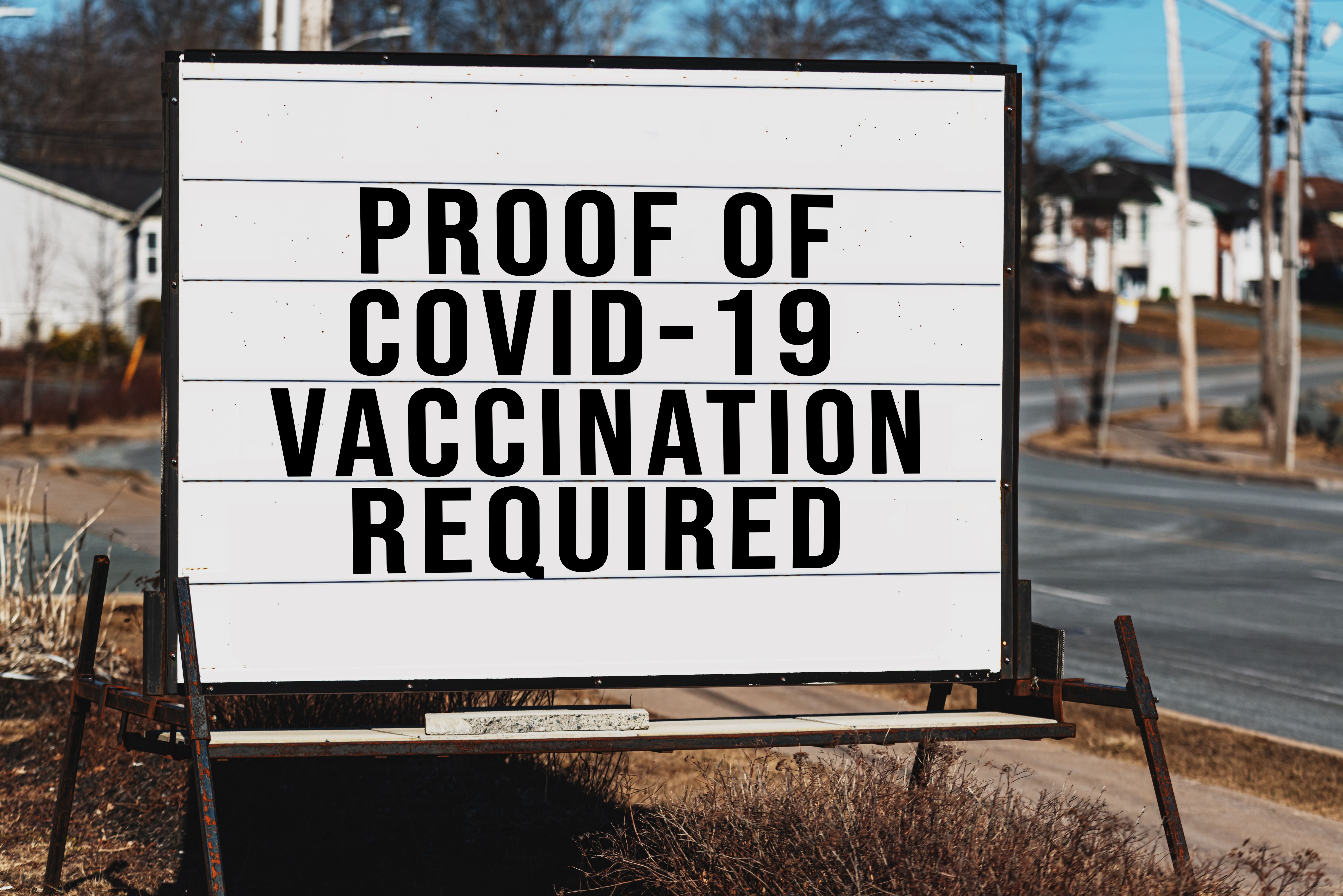Mastering the Art of Creating a Curiosity Gap
Understanding the Curiosity Gap
In today's fast-paced digital world, capturing and maintaining the attention of your audience can be a daunting task. One powerful technique to achieve this is by creating a curiosity gap. The curiosity gap is the space between what your audience knows and what they want to know. It’s the driving force that compels readers to click on an article or video to satisfy their curiosity.
Mastering the art of creating a curiosity gap can significantly enhance your content engagement. It’s about crafting content that piques interest without giving everything away. This technique is not just about clickbait; it’s about creating genuine intrigue that leads to meaningful engagement.

Crafting Intriguing Headlines
The headline is often the first point of contact between your content and the audience. A well-crafted headline that hints at valuable information can effectively create a curiosity gap. The key is to balance between being informative and leaving enough room for curiosity.
Consider using numbers, questions, or unexpected phrases in your headlines. For instance, "10 Secrets to a Healthier Lifestyle" or "Are You Making These Common Mistakes?" Such headlines suggest that there’s more to learn, enticing readers to click through.

Building Anticipation in Content
Once your headline has successfully drawn in readers, the next challenge is to maintain their interest. This can be achieved by structuring your content in a way that continuously builds anticipation. Start by providing some context, then slowly reveal information, keeping the most critical details for later in the piece.
A great strategy is to use storytelling techniques. By weaving a narrative with suspenseful elements, you can keep readers engaged, eager to find out how the story unfolds. Use cliffhangers or teasers throughout your content to maintain interest.

Enhancing Engagement with Visuals
Visuals play a crucial role in creating and maintaining a curiosity gap. An intriguing image or infographic can draw readers in and encourage them to explore further. Ensure your visuals are relevant and complement the narrative you are building.
Using visuals strategically can help break up text and provide visual cues that guide the reader through your content. This not only makes the content more appealing but also enhances comprehension and retention of information.
Utilizing Social Proof
Social proof can be a powerful tool in creating a curiosity gap. Testimonials, reviews, or case studies can suggest that there's valuable information or insight others have found beneficial. Highlighting these elements can pique interest among potential readers who wish to know what they're missing out on.
Incorporate quotes from satisfied customers or showcase impressive statistics that hint at the value and credibility of your content. This approach leverages the curiosity gap by implying there's something worth discovering in your material.

Conclusion: Balancing Curiosity and Satisfaction
While creating a curiosity gap is essential for engaging audiences, it’s equally important to deliver on the promise of your content. Ensure that once you've captured their attention, you provide valuable and satisfying information. Failing to meet expectations can lead to disappointment and diminish trust.
By mastering the art of creating a curiosity gap, you can transform casual browsers into engaged readers who are eager to delve deeper into your content. Remember, it’s about sparking interest and delivering value, keeping your audience coming back for more.